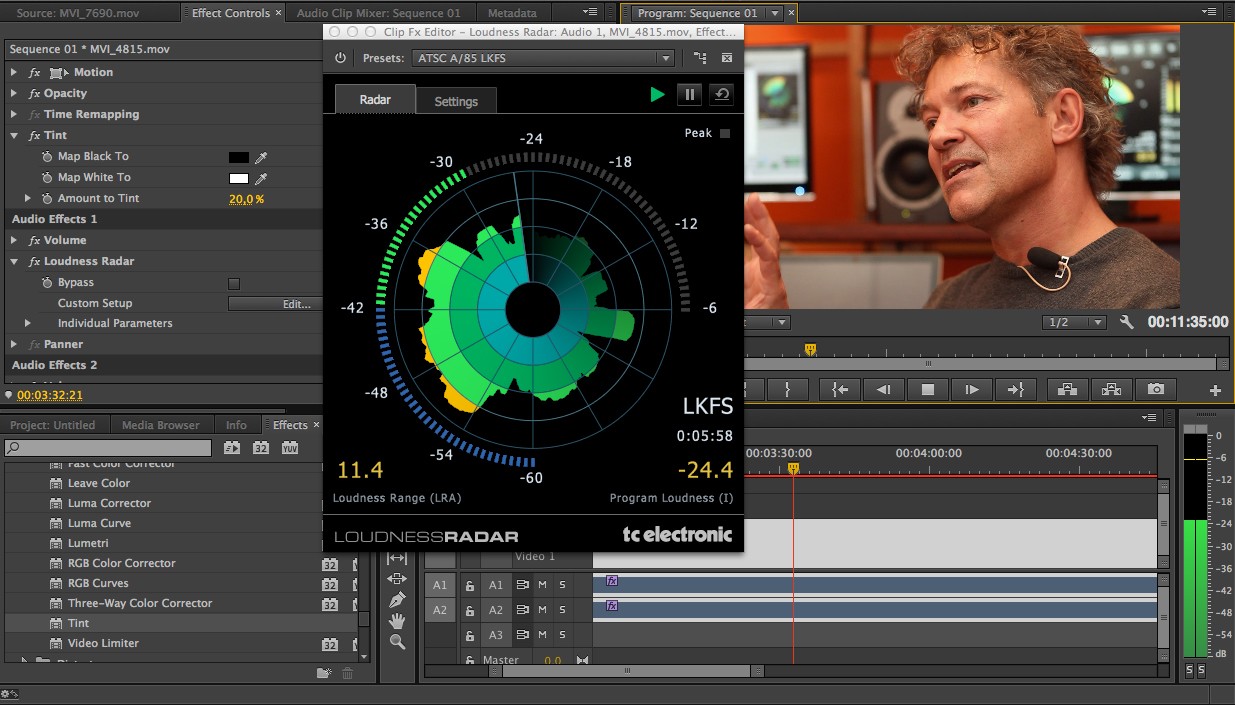- Adobe Premiere Plugins Torrent
- Adobe Premiere Pro Effects Plugins
- Best Adobe Premiere Pro Plugins
- Adobe Premiere Pro Audio Plugins
I fixed it by deleting all my VST plugins from adobe premiere. I didn't know how to set my VST paths so I just deleted the adobe premiere VST plugins Open the Cakewalk Plug-in Manager and click OPTIONS to see, add, or remove folders from the VST. We've all grown up with looking at film, and one of the best ways to give your footage. Adobe Premiere Pro Premiere Pro supports third party VST (and AU on Mac) plug-in effects that are available in both the Audio Mixer and the Effect Controls panel. Initially however they may not be activated so you have to go into Preferences Audio and click on the Audio Plug-In Manager button.
When it comes to audio effects, most modern non-linear video editors allow you to use plug-ins developed by third parties to extend their native audio effects. You might want for example to de-noise audio, process its dynamics or transition between different segments using reverb or delay. Plug-ins, as the name implies, are pieces of software that can run inside other programs but in order to do so they have to be distributed in a specific format that is supported by the host application.
The two most popular plug-in formats are:
- VST (Mac and Windows) - Stands for Virtual Studio Technology and was developed by Steinberg. They are bundled as .vst files and they usually live in C:Program FilesSteinbergVSTPlugins (Windows) or /Library/Audio/Plug-Ins/VST (Mac)
- AU (Mac only) - Apple’s equivalent to VSTs. They are bundled as .component files and their default installation path is /Library/Audio/Plug-Ins/Components
Adobe Premiere Pro
Premiere Pro supports third party VST (and AU on Mac) plug-in effects that are available in both the Audio Mixer and the Effect Controls panel. Initially however they may not be activated so you have to go into Preferences > Audio and click on the Audio Plug-In Manager button. From there, make sure it’s pointed correctly at your plug-in folders and press Scan for Plug-Ins.
The locations where Premiere Pro searches for VST plug-ins are as follows.
- HKEY_LOCAL_MACHINESoftwareVSTVSTPluginsPath (Windows)
- C:Program FilesSteinbergVSTPlugins (Windows)
- System HD/Library/Audio/Plug-ins/VST (Mac OS)
- System HD/<user>/Library/Audio/Plug-Ins/VST (Mac OS)
If these paths are not present by default you can press add on the plug-in manager window and add a custom location or point Premiere at the correct location.
Third-party effects (VST and AU)
In addition to using Audition’s effects, you can load effects (plug-ins) made by third-party manufacturers. Audition is compatible with the following formats:
- VST (Virtual Studio Technology) is the most common Windows format and is also supported by the Mac. However, you need separate plug-in versions for Mac and Windows. For example, you can’t buy a particular VST plug-in for the Mac and use it with Windows.
- VST3 is an updated version of VST2 that offers more efficient operation and other general improvements. Although not quite as common as standard VST, it’s gaining in popularity.
- AU (Audio Units) is Mac-specific, was introduced with OS X, and is the most common format for the Mac.
Adobe Premiere Plugins Torrent
On either platform, plug-ins are installed in specific hard drive folders. You need to let Audition know where to find these plug-ins. The information in the following sections applies to both Windows and Macs unless otherwise specified.
The Audio Plug-In Manager
Audition’s Audio Plug-In Manager provides several functions:

Adobe Premiere Pro Effects Plugins

It scans your computer for plug-ins so Audition can use them, and creates a list showing the name, type, status, and file path (where the plug-ins are located on your computer).
- It allows you to specify additional folders that contain plug-ins and then re-scan these added folders. Most plug-ins install to default folders, and Audition scans these folders first. However, some plug-ins may install into a different folder, or you might want to create more than one folder of plug-ins.
- It lets you enable or disable plug-ins.
Now, let’s walk through working with the Audio Plug-In Manager.
- From the Effects option in the menu bar, choose Audio Plug-In Manager.
- Click Scan for Plug-Ins. Audition must inspect your hard drive, so this can take a while.
When scanning is complete, you’ll see the plug-in listing and status, which usually indicates the manager is done. However, if needed, also complete the following steps.
- To add an additional folder with plug-ins, click Add and navigate to the folder.
- Select the check box to the left of the plug-in’s name to enable or disable a particular plug-in.
- Click Re-Scan Existing Plug-Ins to re-scan the existing plug-ins.
Note that you can enable or disable all plug-ins by clicking the appropriate button.
- When you’re finished with the Plug-In Manager, click OK.
Using VST and AU plug-ins
Best Adobe Premiere Pro Plugins
VST and AU plug-ins appear as part of the same drop-down menu that opens when you click an Effects Rack insert’s right arrow. For example, with Windows you’ll see entries for VST and VST3 effects along with the other entries for Modulation, Filter and EQ, Reverb, and the like; the Mac adds another entry for AU effects. Here’s how to use these effects in Audition.
Adobe Premiere Pro Audio Plugins
- Choose File > Open, navigate to the Lesson04 folder, and open the file DeepTechHouse.wav. Then click an Effects Rack insert’s right arrow.
- Choose the entry (VST, VST3, or on the Mac, AU) containing the effect you want to insert.
- Click the effect you want to insert, as you would with any of the effects included with Audition.